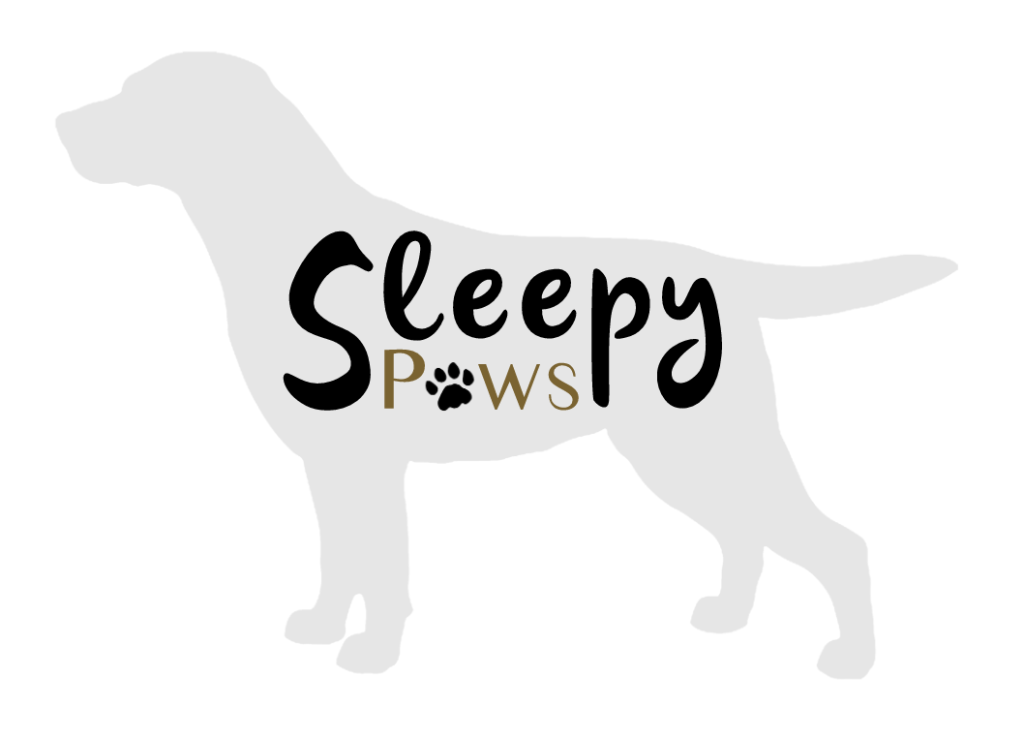
What does a dog’s coat look like, and what are its benefits?
The number of dogs wearing Dog Towel Coat of all styles and colours on the street is increasing daily, but are they useful? Can all canines put it on? Stop considering dogs to be human beings, and consider their needs rather than their appearance.
Although dogs’ predecessors spent their lives in the cold and sought refuge in caves during poor weather, pet dogs now live indoors. They have evolved differently due to domestication and training for various specialities, such as hunting, water, sledging, or shepherding. Breeds have also been chosen to produce appealing and distinctive species.
Because of these changes, many of the breeds now suffer from health issues like arthritis, obesity, or respiratory dysfunction as a result. Many of them have lost their fur. As a result, it makes it difficult for them to produce or sustain heat on their own.
The breeds that are most harmed by the cold
- Due to this, dogs with short hair, such as the basset hound, dachshund, greyhound, beagle, boxer, Doberman, or bull terrier, are more susceptible to the effects of the cold. Additionally, there are small-framed breeds such as the Chihuahua, a short-haired breed, the French bulldog, and the Yorkshire. It’s important to distinguish between this final breed’s typical muscle spasms, which resemble shivering, and that it is susceptible to cold.
- Puppies and dogs older than 10 need additional protection when going outside. The former is because they can lose their capacity to control their body temperature and develop osteoarthritis problems in the spine or hips (common in large breeds like the German shepherd). Puppies are more susceptible since their immune systems are still maturing.
So, these breeds have more need for Dog Towel Coat.
Watch out for sudden shifts
People who live in homes with a temperature of between 21 and 24 degrees look for a jacket to wear when the outside temperature is below 10 or zero degrees. The pet should likewise adopt this routine behaviour because the real issue isn’t only enduring the cold. According to one veterinarian, a quick temperature change can result in respiratory problems.
Therefore, keeping the pet inside the house wearing a coat is not advised, even if it is a wonderful Christmas sweater. Dogs cannot sweat at the skin’s surface, but they may perspire through their footpads and pants, which is why they do not give off any warning signs of overheating.
Breeds like the Siberian husky and Alaskan malamute are better suited than others to colder regions. However, even in its natural state, the wolf-like breed has the instinct to seek shelter in tunnels or caves to avoid the cold, especially at night, and “looks for dry places to hide.” making a heated mattress out of leaves. For this reason, it is advised that the dog have some blankets or that the kennel be prepared for cold and dampness if it sleeps outside.
What to wear for jackets?
The back area most exposed to the elements, from the base to the tail, must be covered by the coat. Another area that requires protection is the neck. One alternative to wearing a sweatshirt and T-shirt is with a coat.
Although most dog coats are nylon or jerseys, certain folks like significantly padded items. Some dogs stay paralysed before the hardness of a coat because they experience discomfort.
In light of this, it is suggested that the best option is to “wear t-shirts in elastic cloth that are very comfortable and warm, which is good when at home and outside, and adding a Dog Towel Coat on days when the t-shirt or sweatshirt is not enough.”


